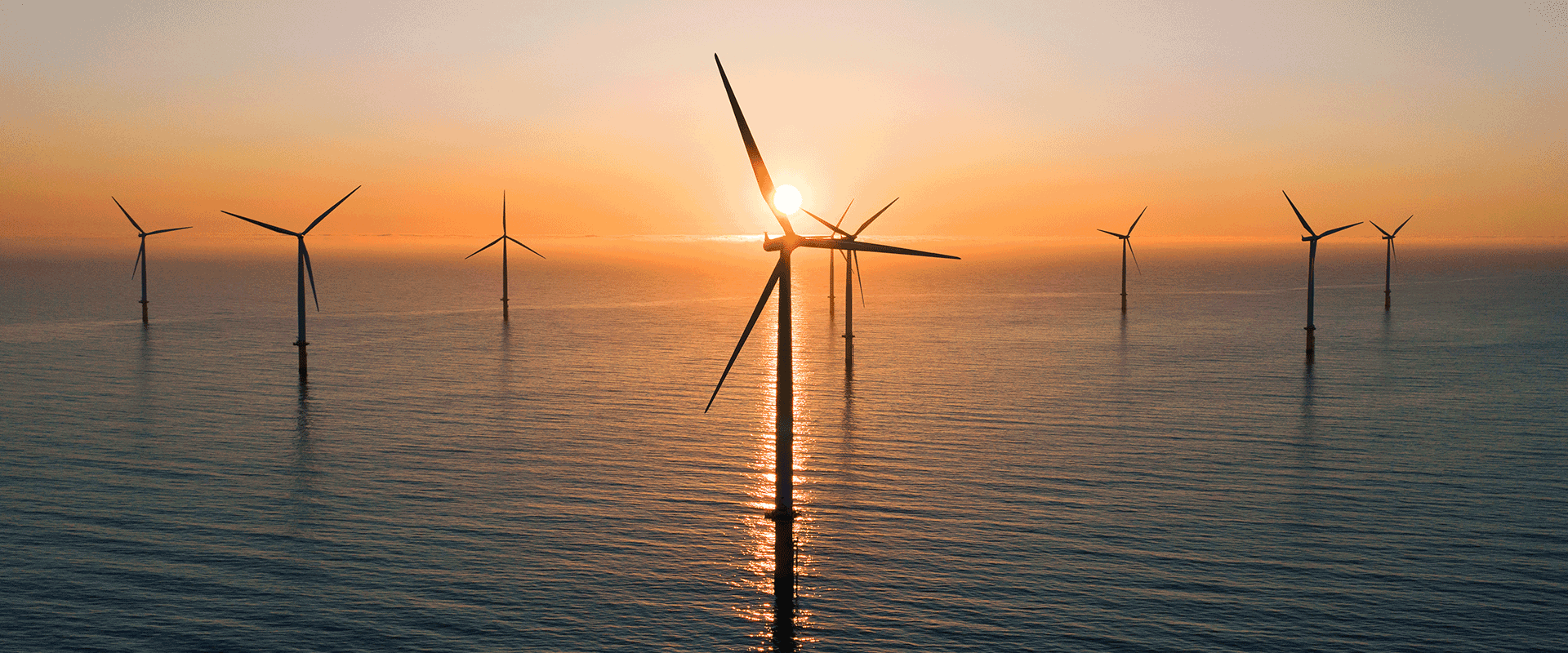Despite the positive momentum in the policy environment for offshore wind development, a number of key risks to the offshore wind pipeline remain. These risks may delay the timely completion of projects, or may even cause specific projects to be canceled due to cost overruns. The timeliness and cost competitiveness of the first large-scale offshore wind projects to come online (e.g., the Martha’s Vineyard project) will be important milestones that will be monitored closely by offshore wind market stakeholders in order to assess the viability of remaining projects in the pipeline.
Risk 1: Cost of onshore grid upgrades and interconnection points
Likely the most important roadblock facing offshore wind development is the significant cost of necessary grid upgrades and the question of how to allocate these costs among numerous stakeholders (including project developers, regulated utilities, Independent System Operators (ISOs) and ratepayers). PJM, the transmission organization for 13 mid-Atlantic and Midwest states, estimates that $2.1 billion to $3.2 billion in grid infrastructure upgrades will be required to support offshore wind in its territory through 2035.
Given that the cost of grid upgrades is often allocated to the next project in line within a grid operator’s interconnection queue, project developers may balk at the considerable investments required to connect their projects to onshore grids. This is especially true of announced offshore wind projects with estimated operating dates in 2028 or later that have not yet established a point of interconnection. Significant interconnection costs may delay project timing or even cause offshore wind projects to drop out of the queue.
Risk 2: Maritime infrastructure constraints
U.S. ports will require investments to upgrade staging facilities to adequately serve the needs of offshore wind projects. Additionally, there is currently a lack of U.S. vessels capable of performing installations of offshore wind turbines in compliance with Jones Act regulations, although some U.S. installation vessels are expected to come online by 2023, mitigating the risk of the Jones Act as a constraint on the offshore wind market.
Risk 3: Requirements for U.S.-based supply chains
State legislators are increasingly setting requirements for U.S.-based component sourcing and manufacturing, which represent a hurdle for developers given the largely European-based supply chain of today’s offshore wind market. However, this risk is being mitigated by several developers acting as first movers to bring assembly, finishing and staging facilities to the U.S. (although blade and nacelle manufacturing is expected to largely remain Europe-based). For example, in October 2021, Siemens Gamesa announced it would build a $200 million offshore wind blade finishing facility at the Port of Virginia.
In addition to the three risks above, developers cannot ignore additional risks that may derail the offshore pipeline, including potential cost overruns — we expect much scrutiny of the economics of the first large-scale projects, such as Vineyard Wind 1 and Revolution Wind (Rhode Island) — as well as sustained opposition from environmental groups and local residents and a shortage of U.S. skilled labor.






